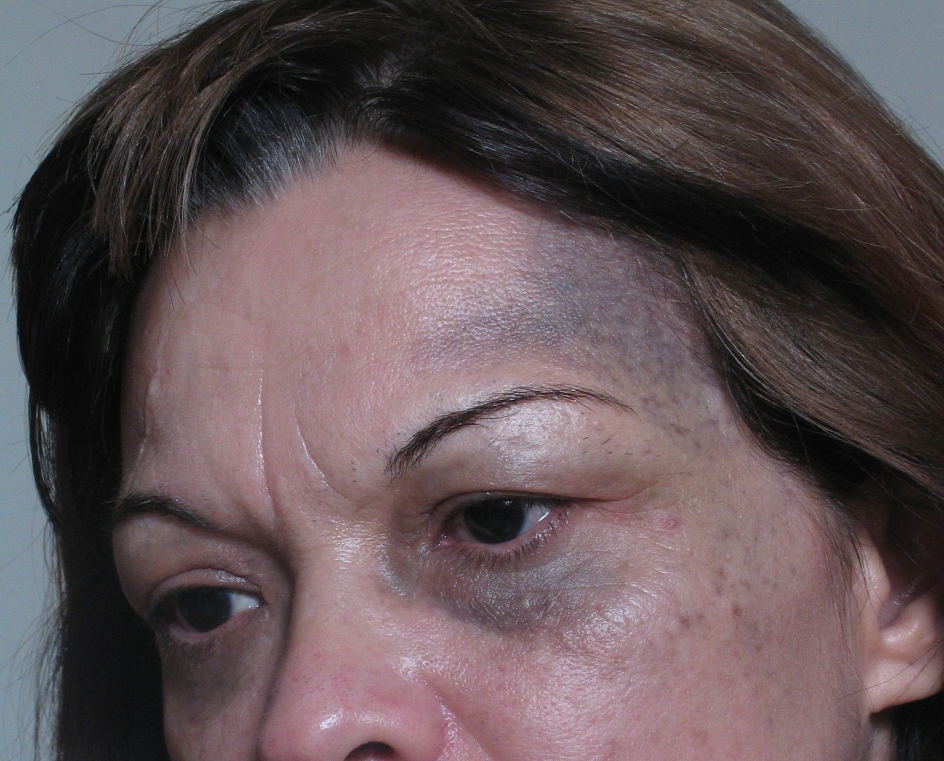NEVUS OF OTA

What is Nevus of Ota?
Nevus of Ota is a pigmentary disorder consisting of a mottled, dusky admixture of blue and brown hyperpigmentation of the skin. The nevus can be congenital (present at birth) or acquired (manifesting later in life). It is located within the distribution of the ophthalmic and maxillary branches of the trigeminal nerve, meaning it is located in the area of the forehead, temple, malar area, or periorbital skin. The nevus can be unilateral or bilateral, and it can also involve ocular and oral mucosal surfaces.
Who is affected by Nevus of Ota? What are the complications?
It occurs almost entirely in persons of Asian descent. Females are affected five times more than males. Potential complications include melanoma, glaucoma, and sensorineural hearing loss. Patients should be followed with yearly ophthalmologic examinations and educated regarding the clinical signs of ocular and cutaneous melanoma.
What is the cause of Nevus of Ota?
The exact cause of Nevus of Ota is not known. Although unconfirmed, Nevus of Ota may represent melanocytes that have not migrated completely from the neural crest to the epidermis during the embryonic stage of development.
What are the treatment options?
Cosmetic camouflage makeup can minimize the disfiguring facial pigmentation. Pulsed Q-switched laser surgery is the current treatment of choice. It works by selective photothermal and photomechanical destruction of dermal melanocytes.


